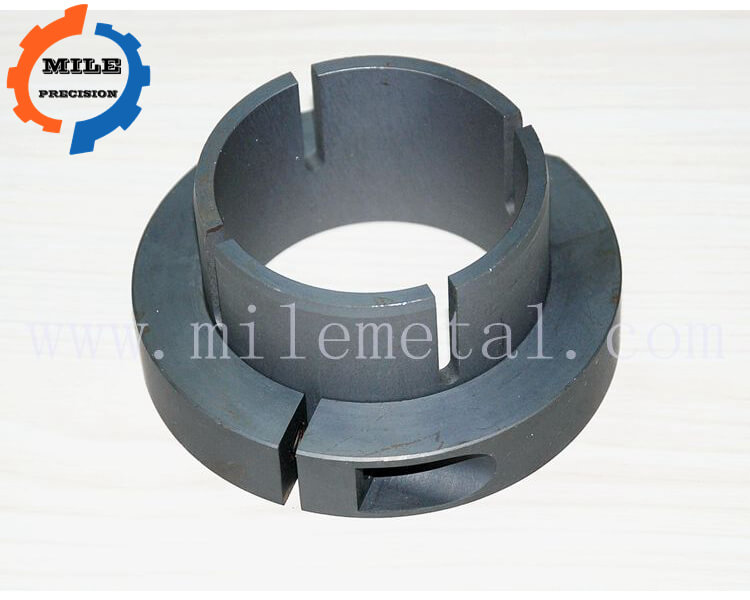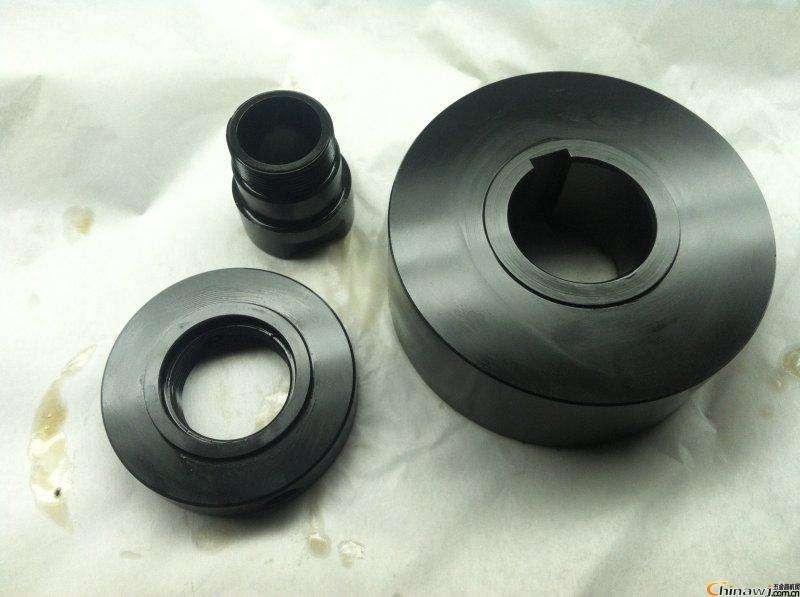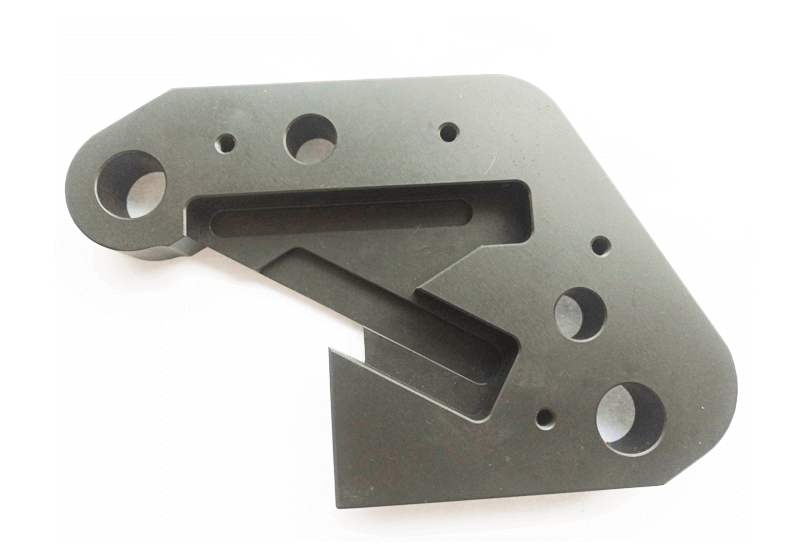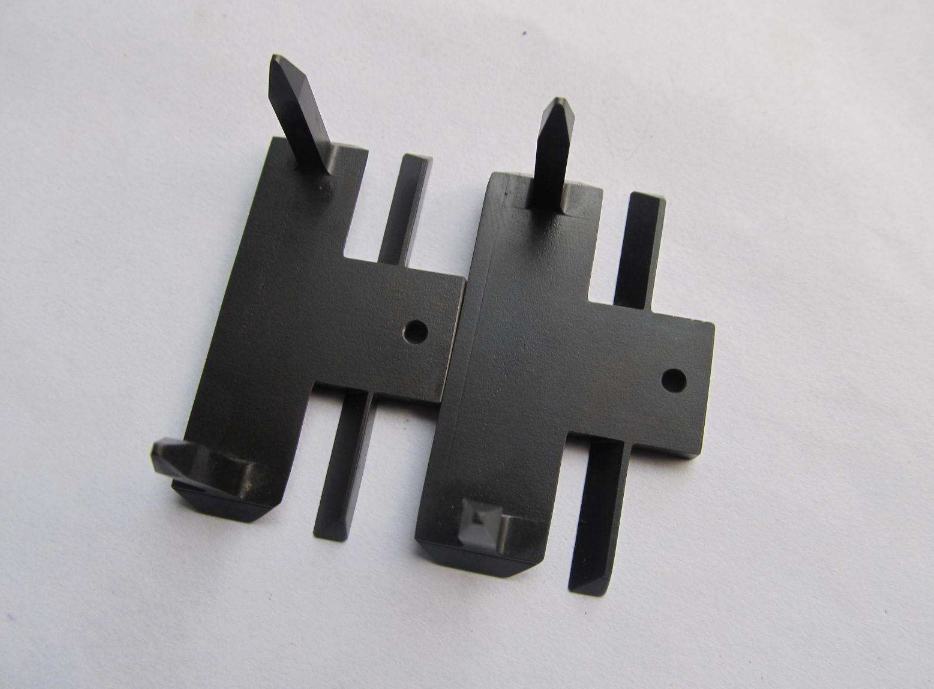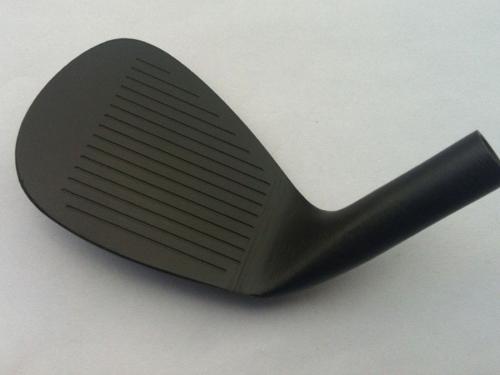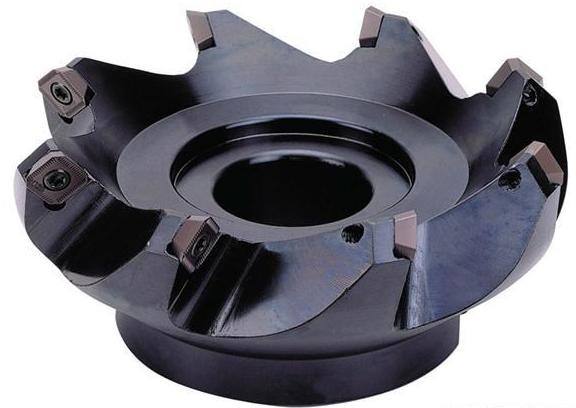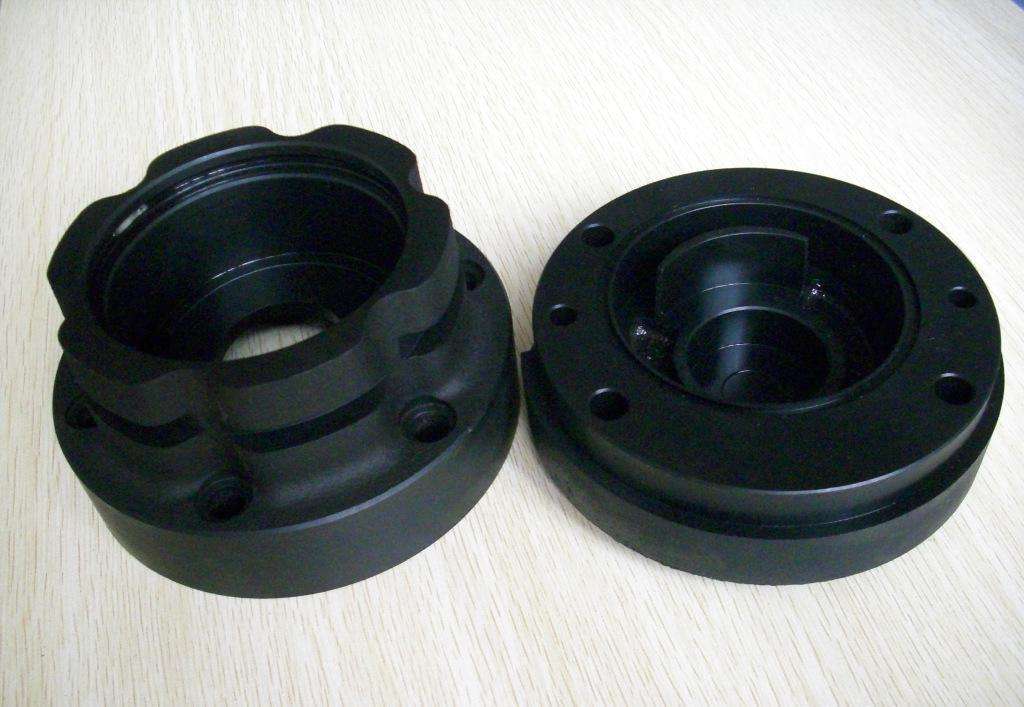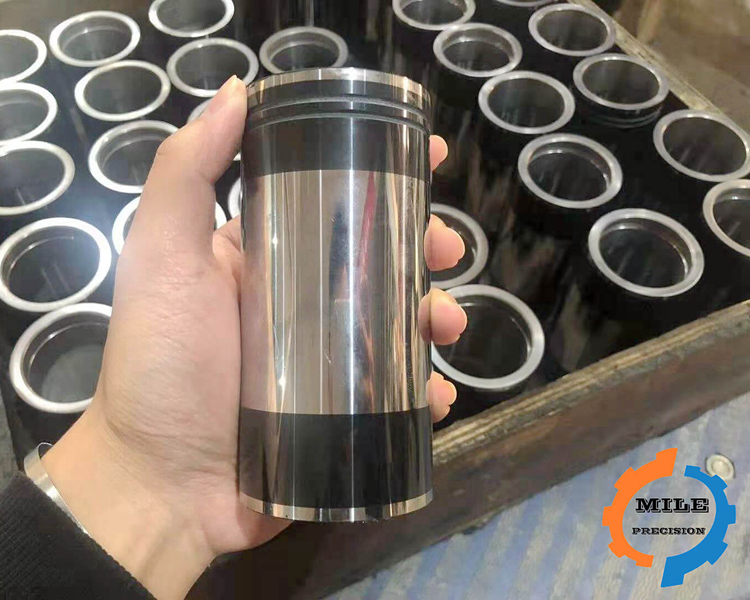QPQ surface treatment introduction

The difference between hard nitriding and soft nitriding
2020-12-21
Thermal spray technology
2021-01-16The salt bath composite treatment technology is a newly emerging surface heat treatment technology this year, which is the abbreviation of Quench-Polish-Quench. It means that ferrous metal parts are put into two salt baths with different properties, and multiple elements penetrate into the metal surface to form a composite infiltration layer, so as to achieve the purpose of modifying the surface of the parts. It has not been quenched, but has achieved the effect of surface quenching, so it is called QPQ at home and abroad.
The salt bath composite treatment technology completes the heat treatment and the anti-corrosion treatment at one time. The treatment temperature is low and the time is short. It can simultaneously improve the surface hardness, wear resistance and corrosion resistance of the parts, reduce the friction coefficient, and have small deformation and no pollution. It has the advantages of optimizing processing procedures, shortening the production cycle, and reducing production costs, and has been recognized and praised by many manufacturers. Some well-known multinational companies such as GE, GM, Volkswagen, Mercedes-Benz, Toyota, and Honda in the United States have adopted them in large numbers.
The salt bath composite treatment technology is a combination of heat treatment technology and anti-corrosion technology. In terms of performance, it is a combination of high wear resistance and high corrosion resistance. On the permeated layer, it is a composite permeated layer composed of multiple compounds. . Therefore, it is considered that this is a huge progress in the field of metal surface strengthening technology, and it is called a new metallurgical method.

At present, QPQ surface modification technology has been widely promoted and applied, especially in automobiles, motorcycles, textile machinery, machine tools, electrical switches, and molds. Its specific features are as follows:
1. Good wear resistance and fatigue resistance.
- The process can greatly improve the surface hardness and wear resistance of various ferrous metal parts and reduce the coefficient of friction. After QPQ treatment, the wear resistance of the product is more than 16 times higher than that of conventional quenching and high-frequency quenching, more than 9 times higher than carburizing and quenching of 20# steel, and more than 2 times higher than hard chromium plating and ion nitriding. The fatigue test shows that the process can increase the fatigue strength of medium carbon steel by more than 40%, which is better than ion nitriding and gas nitriding. This process is especially suitable for parts with complex shapes, and it solves the key technology and solves the deformation problem.
2. Good anti-corrosion performance.
- According to the same test conditions, the samples processed by several different materials and different processes have been subjected to continuous spray test according to ASTM B117. The salt spray test temperature is 35±2℃, relative humidity>95%, 5%NaCL Water solution spray. The test results show that the corrosion resistance of the parts after QPQ treatment is 5 times that of 1Crl8Ni9Ti stainless steel, 70 times that of hard chrome plating, and 280 times that of blackening.
3. After the product is processed, the deformation is small
- There is almost no deformation of the workpiece after QPQ treatment, which can effectively solve the hardening deformation problem that is difficult to solve by conventional heat treatment methods. For example: 2Cr13 stainless steel sheet with a size of 510×460×1.5mm. After QPQ treatment, the surface hardness is greater than HRC60, and the unevenness is less than 0.5mm. At present, QPQ technology has been successfully applied to many shaft parts and slender rods, effectively solving the contradiction between heat treatment hardening and product deformation.
4. It can replace multiple heat treatment supply and demand and anti-corrosion treatment processes.
- After QPQ treatment of the short time period, the workpiece can improve its corrosion resistance on the basis of improving its hardness and wear resistance, and form a black, beautiful appearance, which can replace Conventional multiple processes such as quenching, tempering and blackening (chrome plating), shorten the production cycle and reduce production costs. A large amount of production data shows that QPQ treatment can save 50% energy compared with carburizing and quenching, and save 30% cost compared with hard chromium plating, and it is cost-effective.
5 High level of pollution-free, no environmental pollution
- The QPQ treatment process has been tested and identified by relevant environmental protection departments, and has been proved by users across the country. The emissions of various harmful substances are lower than the allowable value of national emission standards. Due to advanced technology and stable quality, there are hundreds of products applied by QPQ technology, and many production lines have been established all over the country.
6. QPQ technology applies to a wide range of materials
- This process is applicable to all ferrous metal materials, from pure iron, low carbon steel, structural steel, tool steel to various high alloy steels, stainless steel, cast iron and iron-based powder metallurgy parts.
The following table is an example of the application of QPQ process to some typical parts:
Serial number Category Application situation
1 High-speed steel tools Various HSS drills, milling cutters, broaches, gear cutters, increases the service life by 1-4 times, especially for difficult-to-process materials, the effect is particularly outstanding
2 Tool holder, tool body Various machine-clamped tool holders and tool bodies improve their wear resistance, anti-abrasion, not deformed, meet the positioning and precision requirements, and have strong anti-rust ability
3 Mold Suitable for various die-casting molds, injection molds, extrusion molds, rubber molds, glass molds, etc., which greatly increase the service life of the mold and improve the surface finish of the processed parts.
4 Auto parts Valve, crankshaft, camshaft, gear, gas spring piston rod, shock absorber rod, differential bracket, spherical pin, etc. dozens of parts have been used for many years and the effect is remarkable.
5 Sports equipment Golf first class, products are directly exported to European and American markets
6 Textile Machinery
7 Switch parts
8 Printing machinery
9 Sealing machinery Various valves and shaft parts
10 Power tool parts
11 Construction machinery parts
12 Camera parts Shutter, lock and other stamping parts

